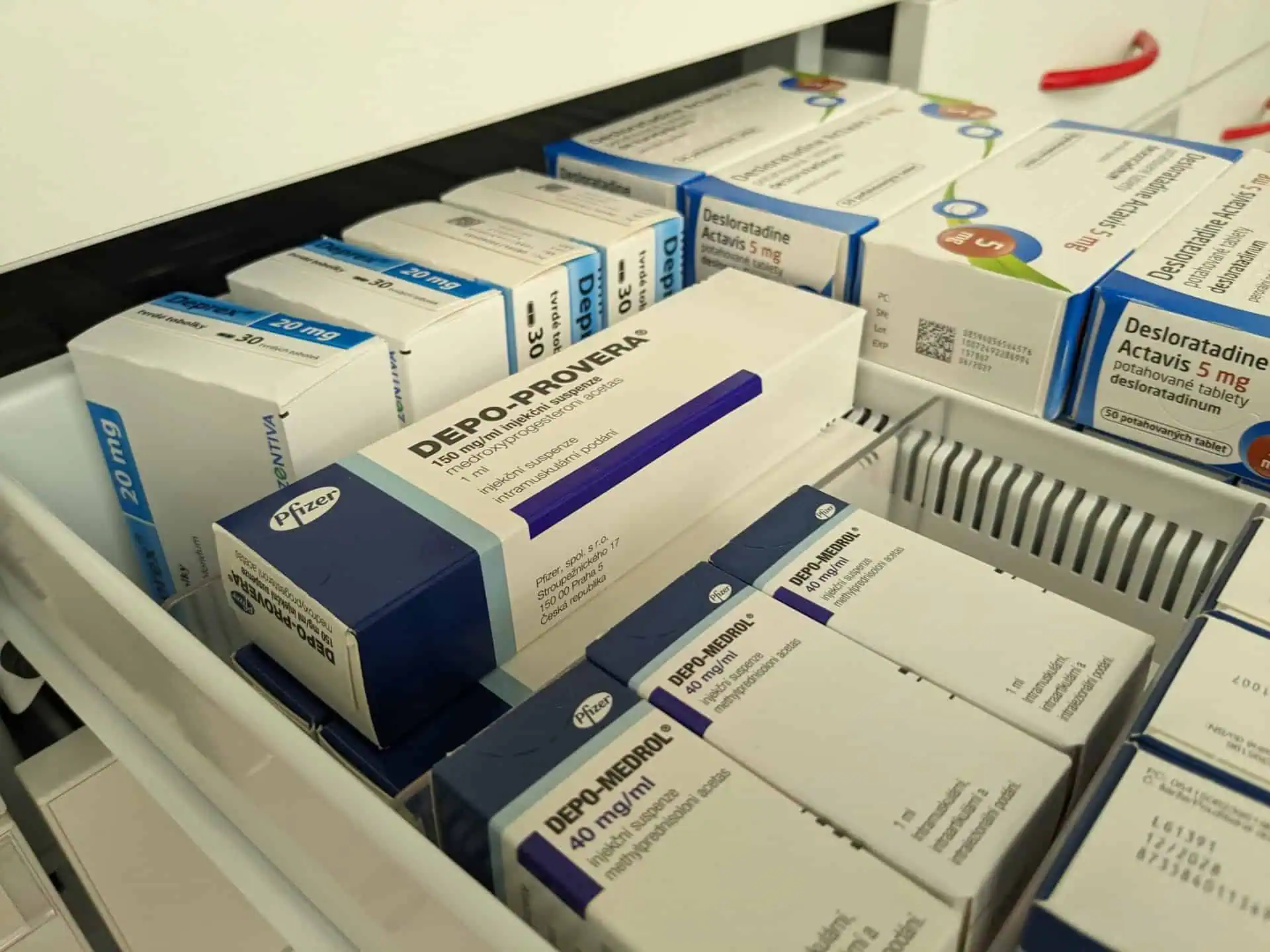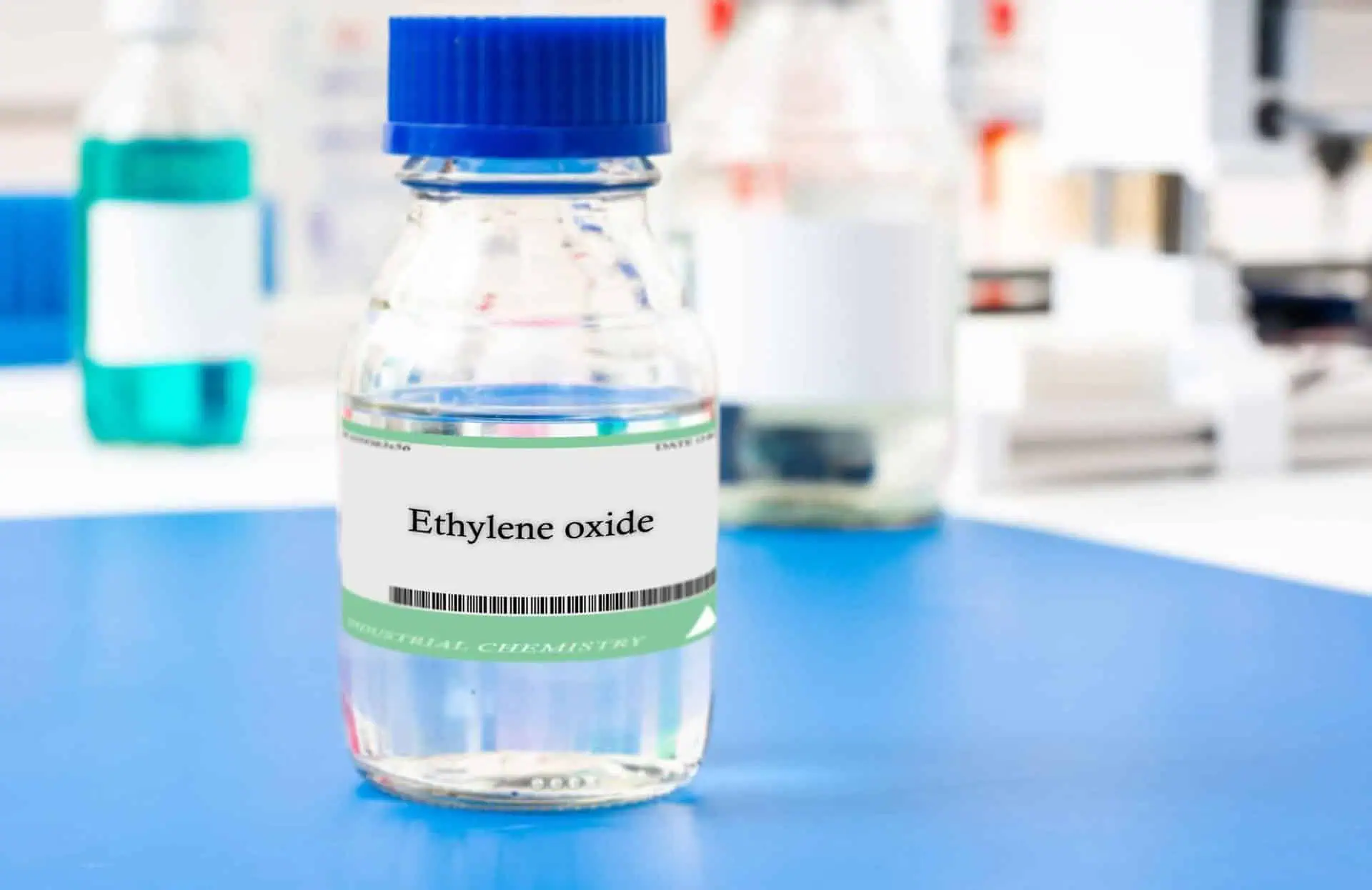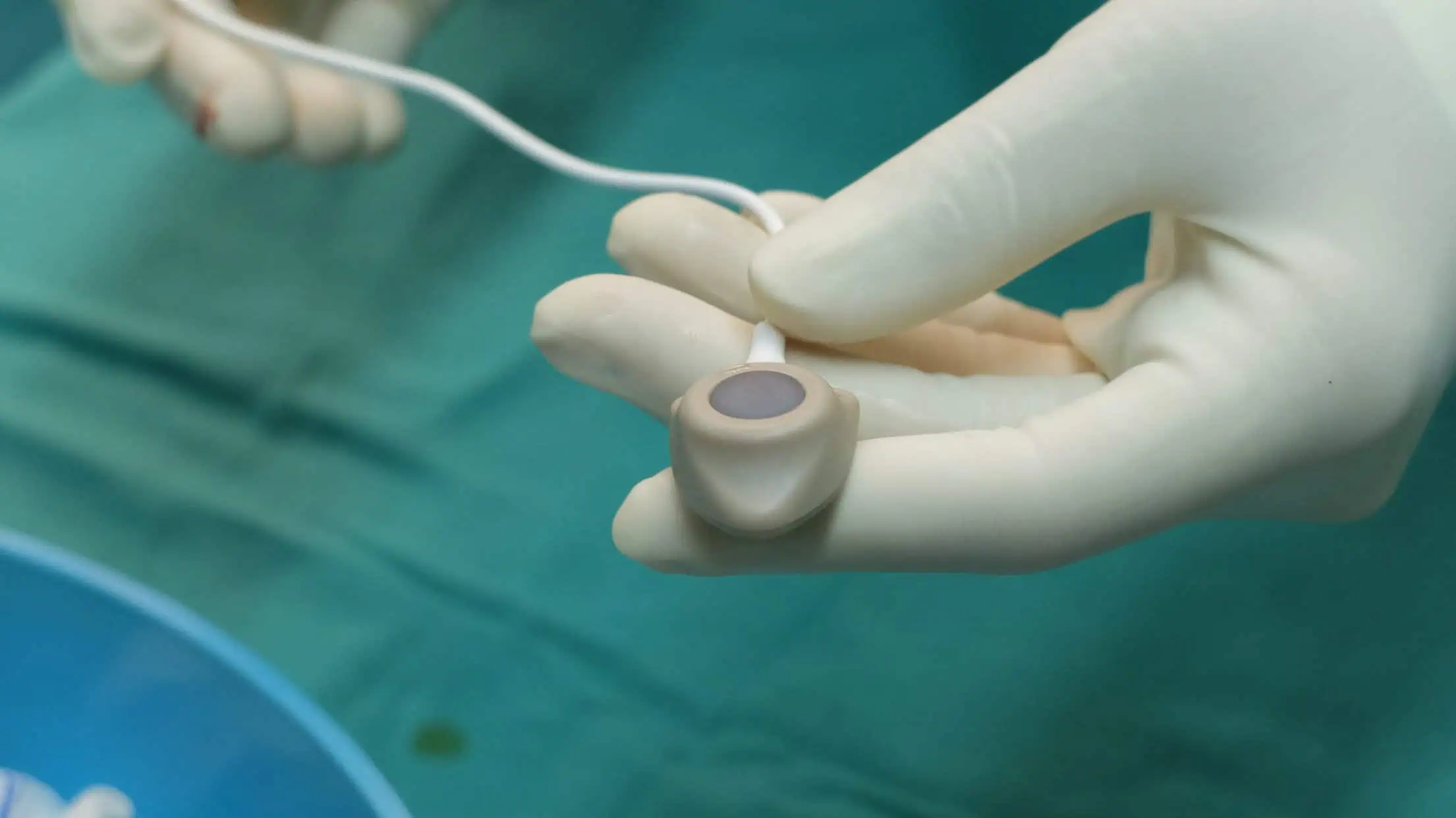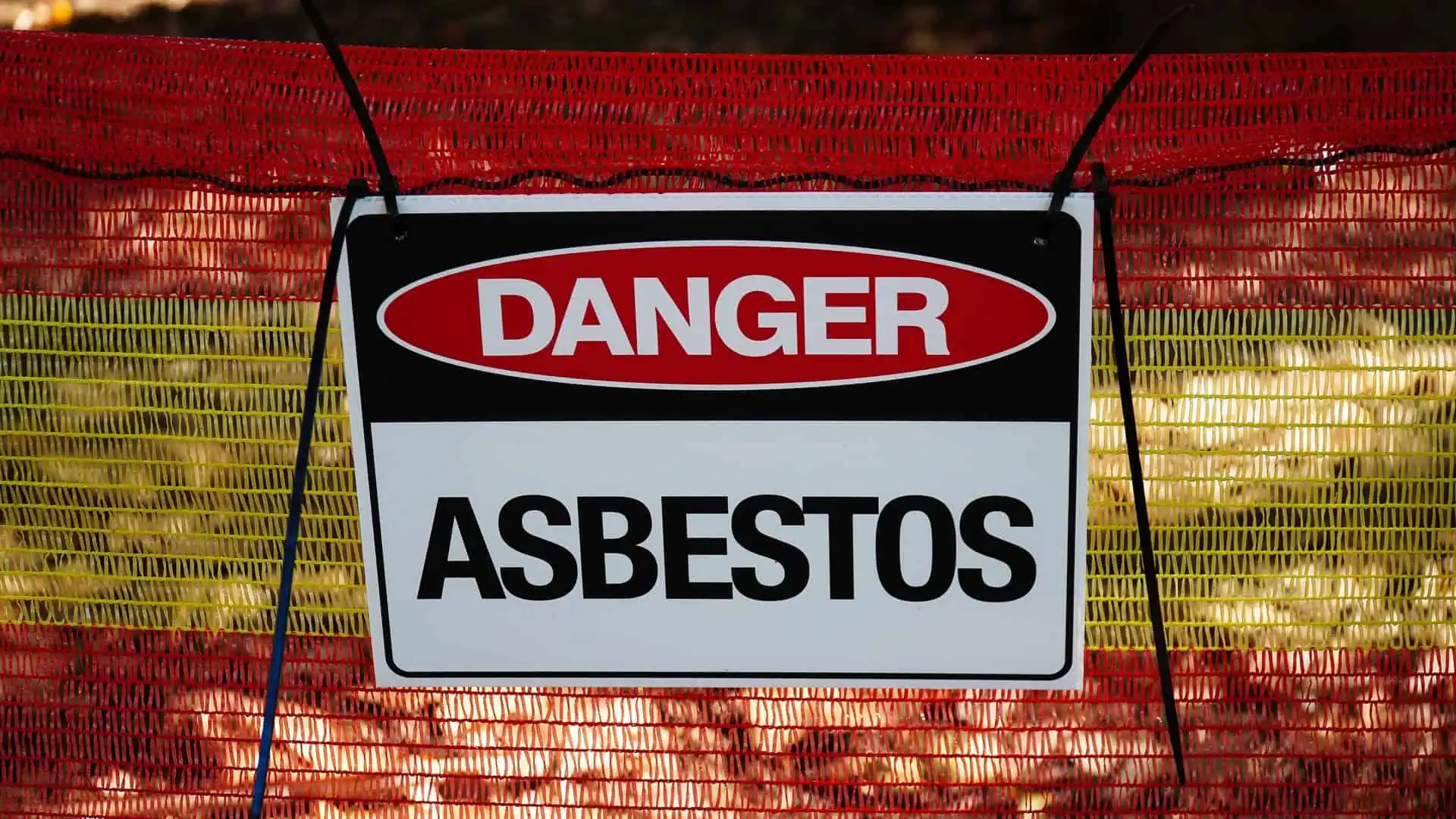Can PFAS Be Absorbed through the Skin?
- Last Updated: July 27th, 2023

Attorney Jessica Paluch-Hoerman, founder of TruLaw, has over 28 years of experience as a personal injury and mass tort attorney, and previously worked as an international tax attorney at Deloitte. Jessie collaborates with attorneys nationwide — enabling her to share reliable, up-to-date legal information with our readers.
Legally Reviewed
This article has been written and reviewed for legal accuracy and clarity by the team of writers and legal experts at TruLaw and is as accurate as possible. This content should not be taken as legal advice from an attorney. If you would like to learn more about our owner and experienced injury lawyer, Jessie Paluch, you can do so here.
Fact-Checked
TruLaw does everything possible to make sure the information in this article is up to date and accurate. If you need specific legal advice about your case, contact us by using the chat on the bottom of this page. This article should not be taken as advice from an attorney.
Can PFAS Be Absorbed through the Skin?
Per- and polyfluoroalkyl substances (PFAS) are synthetic chemical compounds, popularized by companies like 3M, DuPont, and Scotchgard, that are found in many common industrial and consumer products.
These substances are known as “forever chemicals” because they essentially never break down.

In addition to their environmental impact, PFAS chemicals are highly problematic in that many of them build up on the body, and they have been linked to a number of risks to human health.
According to the Centers for Disease Control (CDC), human studies have suggested that exposure to high levels of certain PFAS chemicals may lead to:
- Increased levels of cholesterol
- Changes in liver enzymes
- Decreased response to vaccines in children
- Increased risk of pregnancy complications
- Decreases in newborn birth weights
- Increased risk of certain types of cancer, such as kidney and testicular
Table of Contents
PFAS Exposure Through Skin Absorption
While the focus on PFAS exposure has generally been on other means, some research has suggested that some PFAS may be absorbed through the skin.
In a study sponsored by the National Institute for Occupational Safety and Health (NIOSH), scientists exposed mice to high levels of a common PFAS called perfluorooctanoic acid (PFOA) through the mice’s skin.
The study showed that, within four days of exposure to PFOA, the mice had a notably reduced antibody count, suggesting a weakened immune system.
They also showed a reduction in the weight of their spleens and thymus glands.
While research on mice is not indicative of a precise correspondence in human bodies, the study does raise concerns.
If humans do absorb PFAS through their skin, it is possible that bathing, showering, or even washing dishes with water supplies that are contaminated with the chemicals may pose a serious health risk.
Furthermore, the possibility invites scrutiny into the safety of several consumer products that could be exposing people to PFAS through their skin.
PFAS-Containing Products with Risk of Skin Absorption
PFAS chemicals are found in many common products that people wear or apply to their skin daily.
These include some varieties of:
- Water-repellent clothing
- Sunscreen
- Shampoo
- Shaving cream
- Eye makeup
- Lipstick
- Nail polish
What Are Other Forms of PFAS Exposure?
The most common forms of exposure to PFAS chemicals are inhalation and swallowing.
Inhalation of PFAS chemicals is primarily a risk for workers who are involved in manufacturing or processing PFAS and materials that contain PFAS.
People who work in this capacity are at a greater risk of exposure than the general population.

This is the case for firefighters who work with aqueous film-forming foams (AFFF), which are made with PFAS, and whose protective gear contains high levels of PFAS.
Swallowing PFAS chemicals is a concern in areas where the water supply is contaminated with high levels of the substances.
If you are unsure about whether your water is contaminated, check with your local health department.
People who live in areas of contamination should use an alternate water source for drinking, cooking, brushing their teeth, and any other activity where they might swallow water.
It is also possible to swallow PFAS chemicals by eating foods that were packaged in materials that contain PFAS or were prepared in some kinds of non-stick cookware.
An additional risk may arise from eating fish that come from waters with high levels of PFAS contamination.
Again, check with your local health and environmental quality departments for any fish advisories in your area.
Can Babies Absorb PFAS through Breastmilk?
According to the CDC’s Agency for Toxic Substances and Disease Registry (ADSTR), studies have indeed shown that PFAS chemicals appear in breastmilk and can be passed to the baby during breastfeeding.
However, while scientists are continuing to do research in this area, there are currently no studies that show any connection between PFAS in breastmilk and any specific health effects in children.
For this reason, the CDC recommends that mothers continue to breastfeed their children if they are able to do so.
Breastfeeding has remarkable benefits for the health of both infants and mothers.
For infants, these include reduced risks of:
- Ear and respiratory infections
- Asthma
- Obesity
- Sudden infant death syndrome (SIDS)
For mothers, breastfeeding is linked to reduced risks of:
- Hypertension (high blood pressure)
- Type 2 diabetes
- Ovarian cancer
- Breast cancer
The CDC, therefore, notes that the benefits of breastfeeding appear to greatly outweigh the risks that might come about from PFAS exposure through breastmilk.
Some children and mothers, however, are unable to breastfeed.
In these cases, if they are feeding with powdered or liquid formulas, it is important that these formulas are mixed with water from a safe source that is free from contamination.
Research regarding the environmental and health risks of PFAS and AFFF is ongoing.
TruLaw and its seasoned lawyers are working hard to support and stand up for those who have been injured due to third-party negligence.
Visit our Firefighter Gear Instant Case Evaluator to learn if you may be eligible for a Firefighter gear case today.

Managing Attorney & Owner
With over 25 years of legal experience, Jessica Paluch-Hoerman is an Illinois lawyer, a CPA, and a mother of three. She spent the first decade of her career working as an international tax attorney at Deloitte.
In 2009, Jessie co-founded her own law firm with her husband – which has scaled to over 30 employees since its conception.
In 2016, Jessie founded TruLaw, which allows her to collaborate with attorneys and legal experts across the United States on a daily basis. This hypervaluable network of experts is what enables her to share the most reliable, accurate, and up-to-date legal information with our readers!
Here, at TruLaw, we’re committed to helping victims get the justice they deserve.
Alongside our partner law firms, we have successfully collected over $3 Billion in verdicts and settlements on behalf of injured individuals.
Would you like our help?
At TruLaw, we fiercely combat corporations that endanger individuals’ well-being. If you’ve suffered injuries and believe these well-funded entities should be held accountable, we’re here for you.
With TruLaw, you gain access to successful and seasoned lawyers who maximize your chances of success. Our lawyers invest in you—they do not receive a dime until your lawsuit reaches a successful resolution!
AFFF Lawsuit claims are being filed against manufacturers of aqueous film-forming foam (AFFF), commonly used in firefighting.
Claims allege that companies such as 3M, DuPont, and Tyco Fire Products failed to adequately warn users about the potential dangers of AFFF exposure — including increased risks of various cancers and diseases.
Depo Provera Lawsuit claims are being filed by individuals who allege they developed meningioma (a type of brain tumor) after receiving Depo-Provera birth control injections.
A 2024 study found that women using Depo-Provera for at least 1 year are five times more likely to develop meningioma brain tumors compared to those not using the drug.
Suboxone Tooth Decay Lawsuit claims are being filed against Indivior, the manufacturer of Suboxone, a medication used to treat opioid addiction.
Claims allege that Indivior failed to adequately warn users about the potential dangers of severe tooth decay and dental injuries associated with Suboxone’s sublingual film version.
Social Media Harm Lawsuits are being filed against social media companies for allegedly causing mental health issues in children and teens.
Claims allege that companies like Meta, Google, ByteDance, and Snap designed addictive platforms that led to anxiety, depression, and other mental health issues without adequately warning users or parents.
Transvaginal Mesh Lawsuits are being filed against manufacturers of transvaginal mesh products used to treat pelvic organ prolapse (POP) and stress urinary incontinence (SUI).
Claims allege that companies like Ethicon, C.R. Bard, and Boston Scientific failed to adequately warn about potential dangers — including erosion, pain, and infection.
Bair Hugger Warming Blanket Lawsuits involve claims against 3M — alleging their surgical warming blankets caused severe infections and complications (particularly in hip and knee replacement surgeries).
Plaintiffs claim 3M failed to warn about potential risks — despite knowing about increased risk of deep joint infections since 2011.
Baby Formula NEC Lawsuit claims are being filed against manufacturers of cow’s milk-based baby formula products.
Claims allege that companies like Abbott Laboratories (Similac) and Mead Johnson & Company (Enfamil) failed to warn about the increased risk of necrotizing enterocolitis (NEC) in premature infants.
Here, at TruLaw, we’re committed to helping victims get the justice they deserve.
Alongside our partner law firms, we have successfully collected over $3 Billion in verdicts and settlements on behalf of injured individuals.
Would you like our help?












